

| Nottinghamshire's most recent invertebrate arrivals and colonists |
| No 2. Ectoedemia, Stigmella, Parornix and Phyllonorycter leaf miners |
| ... |
| The arrival of new species into Nottinghamshire is pretty much an annual occurrence now and often passes by unnoticed for a number of years. To be honest, a great number of species are only ever found to be present through the efforts of individuals, whose interest in a particular invertebrate order encourages the effort to go out and record. | ||
| ... | ||
|
Nottinghamshire entomologists are particularly fortunate in many ways. Sited directly in the middle of the UK, Nottinghamshire conveniently lies at the southern limit of many northern species, while at the same time being at the northern limit of a number of more southerly species. Climate change has meant the loss of some (probably many) species over the past 30 or 40 years but these have been replaced by many new species moving into the county as conditions become more suitable for them. But many species are still turning up new to the UK, spreading through Europe on the same basis as our own native species moving north. Its very much all change. While the number of people in Nottinghamshire trapping moths is probably an all time high, very few take that interest further to record the smaller moths. Its disappointing really as there is so much to discover and record. We still know very little about the county distribution of many micro moths and they're certainly not all impossible to identify. Far from it. |
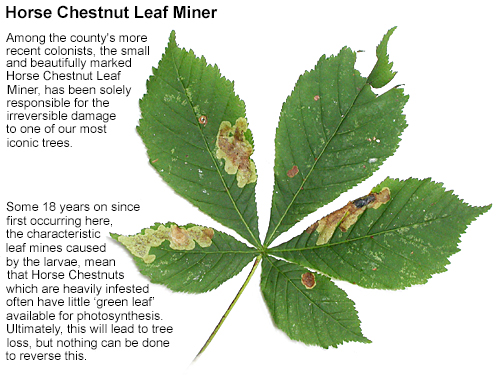 |
|
| ... | ||
|
Ten leaf miners new to
Nottinghamshire This page looks at ten leaf mining moths, all arriving here in the past few years or (in a couple of instances) decades. The list includes the Horse Chestnut Leaf Miner, which is one of the county's most damaging colonists of recent years. Although just a small moth, the pure number of larvae per tree causes enormous damage to the foliage of Horse Chestnut and will probably lead to the death of many trees over time. The levels of infestation this moth is now at, will eventually change the appearance of our towns and cities as trees are lost. And unfortunately, nothing can be done. |
||
| ... | ||
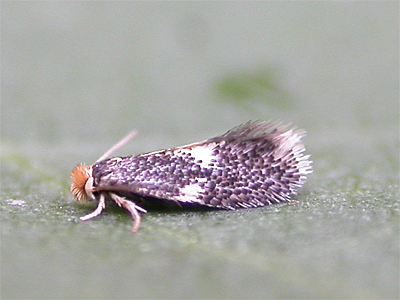 |
In the majority of cases, the arrival
of a new species to the UK has little or no real effect on our native fauna
and if there is a niche available, a species will likely survive,
find a level of population which is sustainable and become
established. The furore with which some species arrive and are
negatively reported on by the Press is usually short-lived and
forgotten within a few years, although I do admit that there are
some species perhaps best kept the other side of the Channel. The Horse Chestnut Leaf Miner is one exception among leaf mining moths in the potential damage it causes, so don't assume that all ten species listed here are detrimental to our native fauna. A county's fauna is never static and never has been historically. Although Ectodemia heringella mines on Holm Oaks can build up to huge numbers, the host tree remains unaffected due to the very small size of the mine and that the larvae mine the leaves from November onwards when the tree is inactive. Leaf mining moths are small. The Stigmella on the left has a wingspan of just 6mm. Phyllonorycters are larger, typically with a wingspan of around 8mm. |
|
| ... | ||
|
Species summaries and
distribution The following list of species accounts could have included a number of other leaf miners recently added to the Nottinghamshire list, but in those instances it is thought likely that they have been present here for several years and just gone unrecorded previously. Certainly Phyllonorycter mulleriella is one such species, a rare moth nationally, which was found for the first time at Sherwood Forest CP in August 2020 and regarded as an indicator species of ancient woodland. Its almost certainly been present at Sherwood Forest many decades, as there's no evidence of any recent range expansion nationally, which is unlikely with this particular Phyllonorycter, in view of its known affiliation with ancient Oak woodland. |
||
|
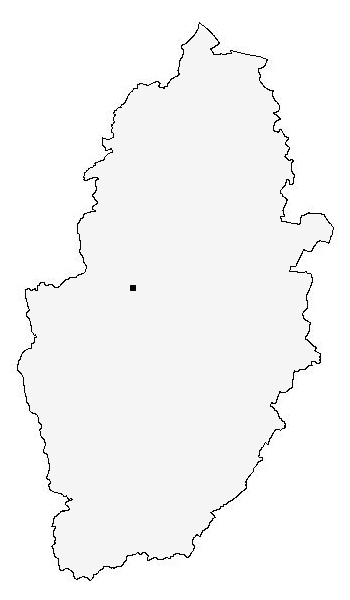 |
||||||
|
|
|||||||
|
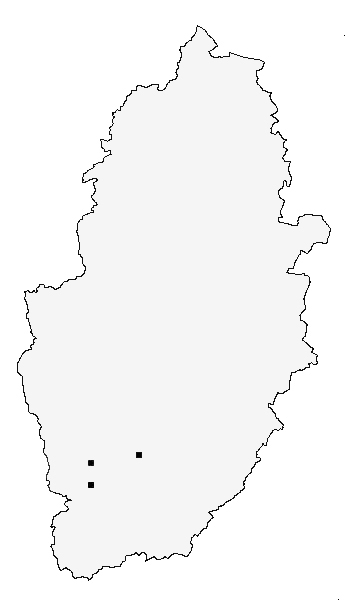 |
||||||
| ... | |||||||
|
Traditionally a moth of southern and south-eastern parts of the UK, but it seems to be slowly increasing its range northwards. We monitored several sites with Holm Oaks for Stigmella suberivora each year since 2015. These included Southwell Minster, Newstead Abbey, Worksop, Carr Bank Park (Mansfield) and the Nottingham Arboretum, Arnot Hill Park and Woodthorpe Park in Nottingham. At the start of October 2020, Stigmella suberivora leaf mines had still not been found at any of these sites. |
|||||||
|
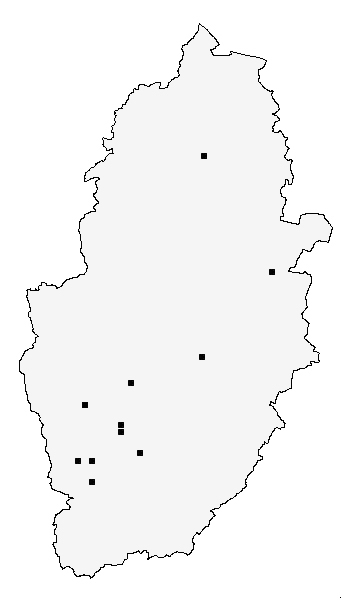 |
||||||
| ... | |||||||
|
Latest distribution (to January 2022): This moth had been expected to arrive in Nottinghamshire for a number of years. It was first found in London in 1996, but not identified until 2001 and soon began to expand its UK range away from south-eastern counties. Along with Stigmella suberivora, we had been looking for Ectoedemia heringella mines for a number of years, making annual checks on Holm Oaks growing at Southwell Minster, Newstead Abbey, Carr Bank Park in Mansfield, Worksop and the Nottingham Arboretum, Arnot Hill Park and Woodthorpe Park in Nottingham. After finding the moth to be present at Colwick CP and Nottingham University in June and July 2020, it has since been recorded in very small numbers (initial infestation rates) at Bulwell Hall Park and Woodthorpe Park in Nottingham. Holm Oaks growing at the Nottingham Arboretum have not been checked recently, but the moth should certainly be present there now and probably in small numbers at Arnot Hill Park. |
|||||||
|
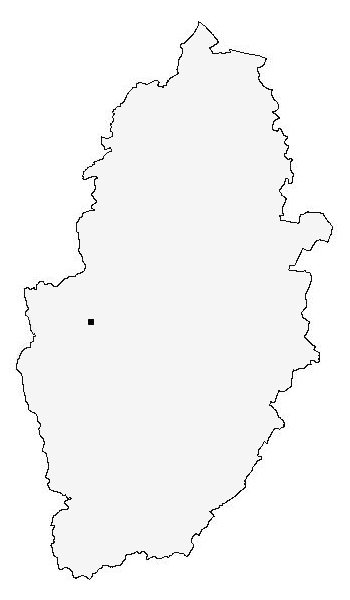 |
||||||
|
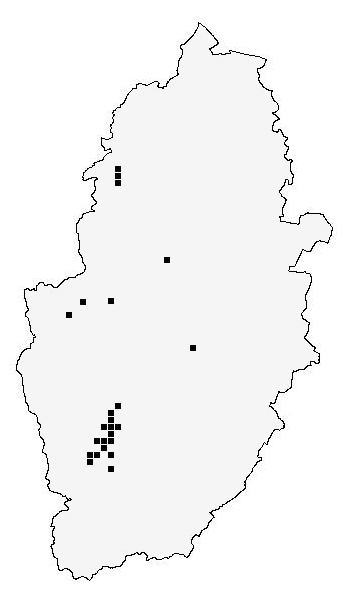 |
||||||
| ... | |||||||
|
Latest distribution (to January 2022): First recorded at London in 1989 and benefitted from the extensive use of London Plane Platanus x hispanica as a strong, robust tree well suited to city centre planting. It slowly spread north and was recorded from Leicestershire in 2006, a year before Nottinghamshire's first record in 2007. Its Nottinghamshire range has increased since, but it will always be confined to urban areas through the use of London Plane in our towns and cities. There are currently no records for Retford or Newark, although it must be present in both towns and it is certainly under-recorded. |
|||||||
|
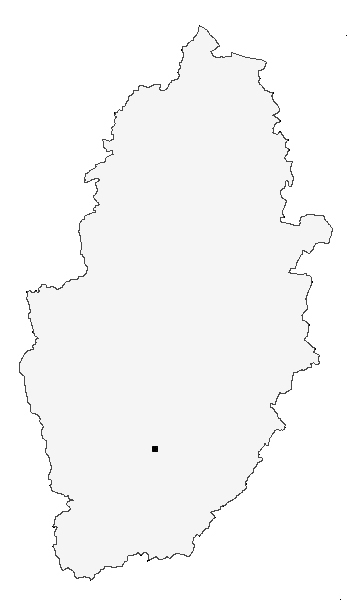 |
||||||
| ... | |||||||
|
Latest distribution (to January 2022): The 2020 Netherfield record remains the only county record to date. The moth should be present at other sites in south Nottinghamshire, but the general lack of interest in micromoths showed by those recording moths in the county, coupled with the similarity between the mines of this species and Phyllonorycter blancardella, will probably mean further records will be slow in coming. |
|||||||
|
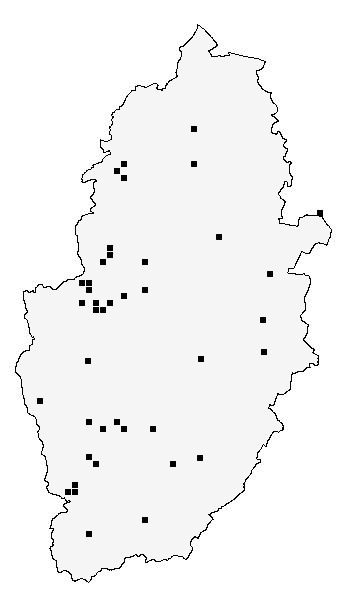 |
||||||
|
... |
|||||||
| Latest distribution (to January 2022): Often known as the Firethorn Leaf Miner, Phyllonorycter leucographella is another moth which is relatively new to the UK. It was first recorded in Essex in 1989, spread rapidly north and is now a common moth throughout Nottinghamshire. It is commoner in urban areas, due to Pyracantha being a very popular berry-bearing ornamental shrub, frequently grown in parks and gardens. Probably very much under-recorded. | |||||||
|
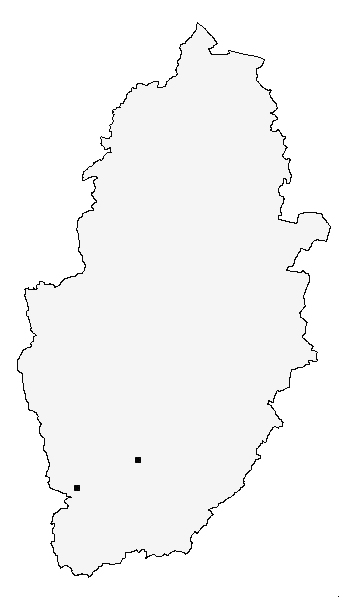 |
||||||
|
... |
|||||||
| Phyllonorycter viminetorum remains rare in Nottinghamshire, with only one other record since the Attenborough record of 2010. A single leaf mine was found at the Skylarks NR at Holme Pierrepont in late August 2020 and it is thought highly likely that this moth is somewhat under-recorded at sites along the Trent Valley in south Nottinghamshire. | |||||||
|
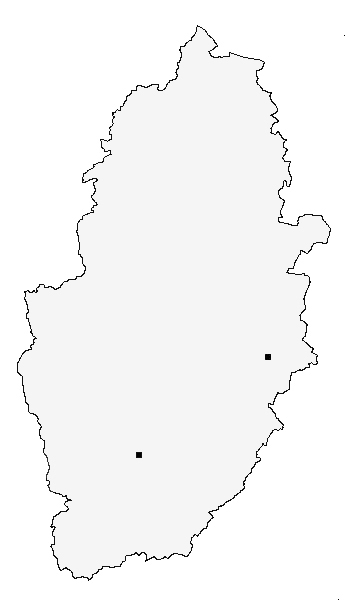 |
||||||
|
... |
|||||||
| Latest distribution (to January 2022): First recorded in the UK from the gardens of Buckingham Palace in 2014 (Freed 2014) and has since spread to other counties and is on the move north. It reached Norfolk in 2018 and Suffolk in 2019, but there are currently (September 2020) no records for neighbouring Derbyshire, Leicestershire and Lincolnshire. In Nottinghamshire, there have been no additional records since the Colwick CP record. | |||||||
|
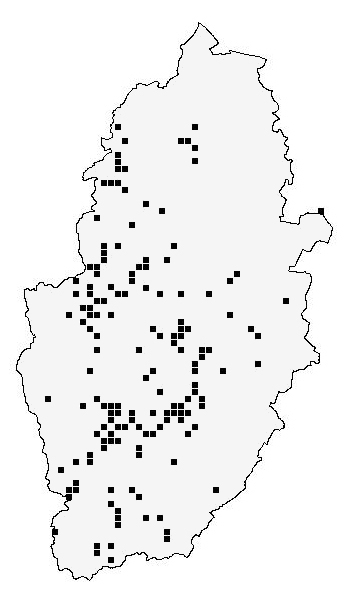 |
||||||
|
... |
|||||||
|
Latest distribution (to January 2022):
Cameraria ohridella (the Horse Chestnut Leaf Miner) was only discovered
new to science near Macedonia
in 1985, although it had been known
from Greece in the 1970's, but not recognised as a
separate species until 1985. It spread rapidly to
other European countries, before reaching the UK (at
Wimbledon, south-west London) in 2002, but was considered
likely to have arrived the previous year due to the
number of mines found at the time. Accidental transportation via
either road or rail, was thought to be a contributing
factor in helping the moth reach the UK. Since 2002, it very quickly spread over much of the southern UK and had reached the neighbouring counties of Derbyshire and Leicestershire by 2005. It presumably also arrived in Nottinghamshire the same year, especially given that it was recorded from around 30 sites across the county so quickly after the Nettleworth record in 2007. We deliberately surveyed for it, recording it on trees at Ravenshead, Mansfield, Ollerton, Collingham, Farndon, Oxton and Woodborough to name just a few sites, but it was at Caunton where we recorded the heaviest infestations, with all leaves on the lower branches of several trees being completely covered in mines and providing a glimpse at what was to come county-wide within a few more years. Some 18 years on Cameraria ohridella is now found on every Horse Chestnut tree in the county and the levels of infestation by the July of each year are enormous. The effect this moth has had on one of our most familiar trees, needs little further mention and may eventually lead to the death of many trees over time. |
|||||||